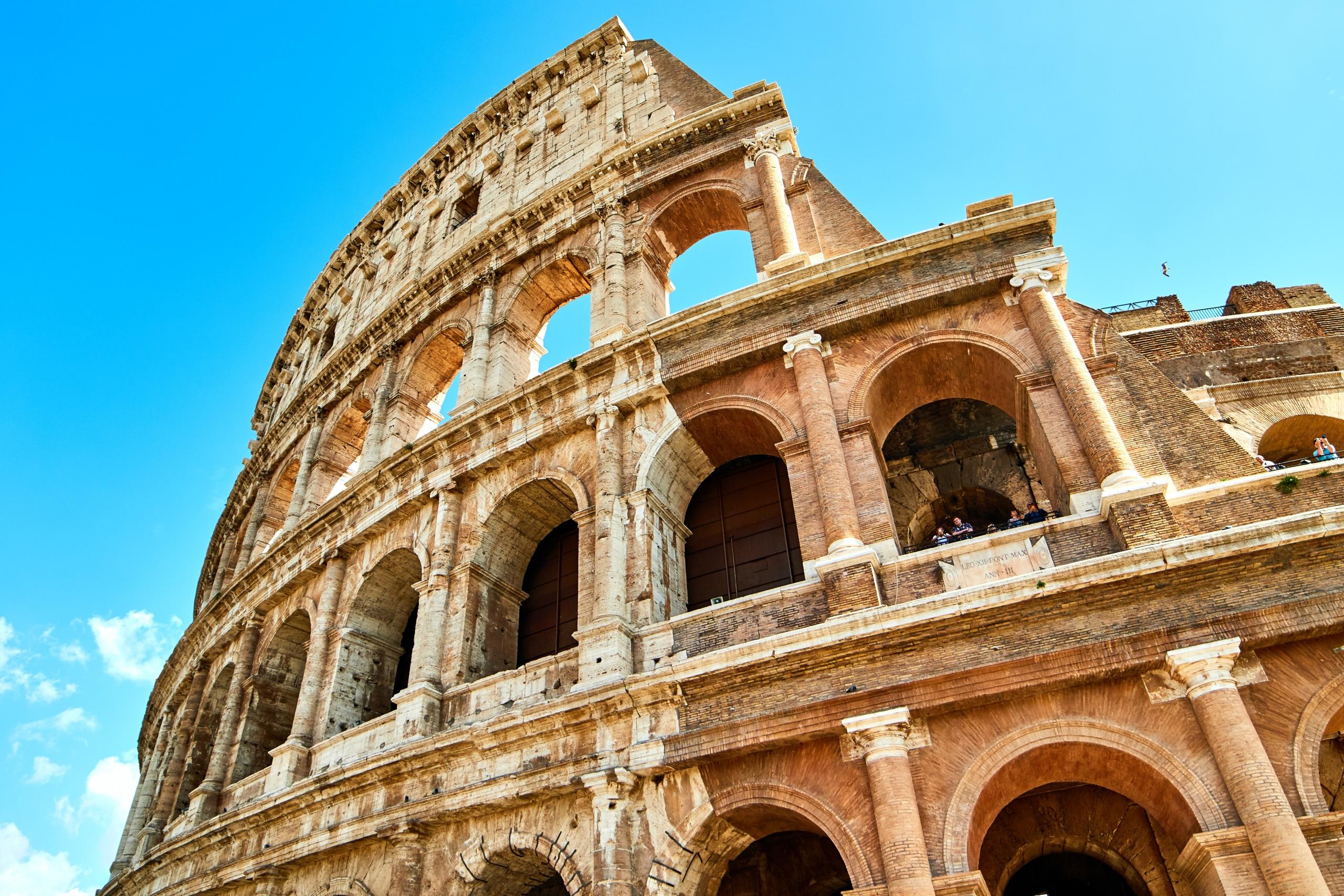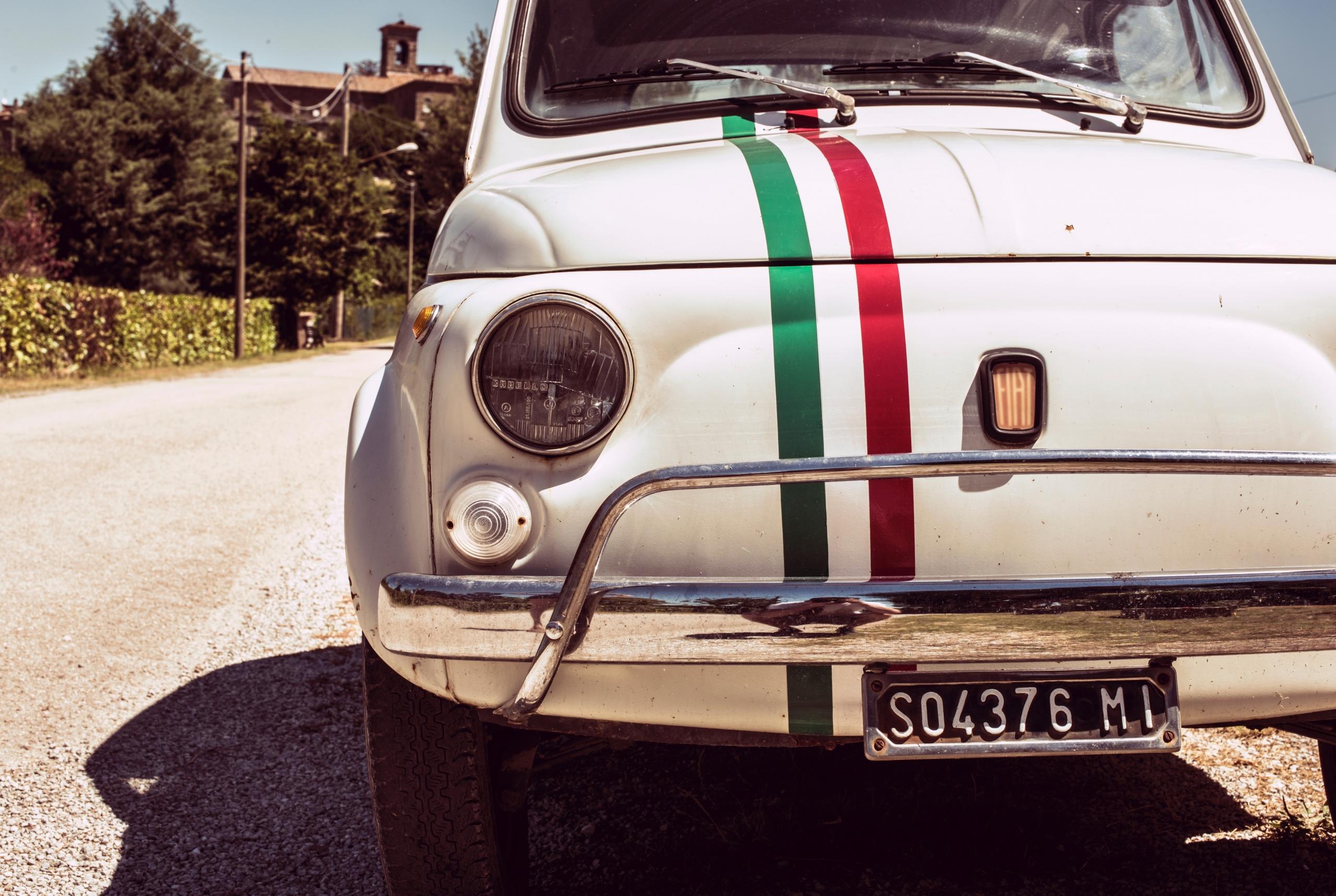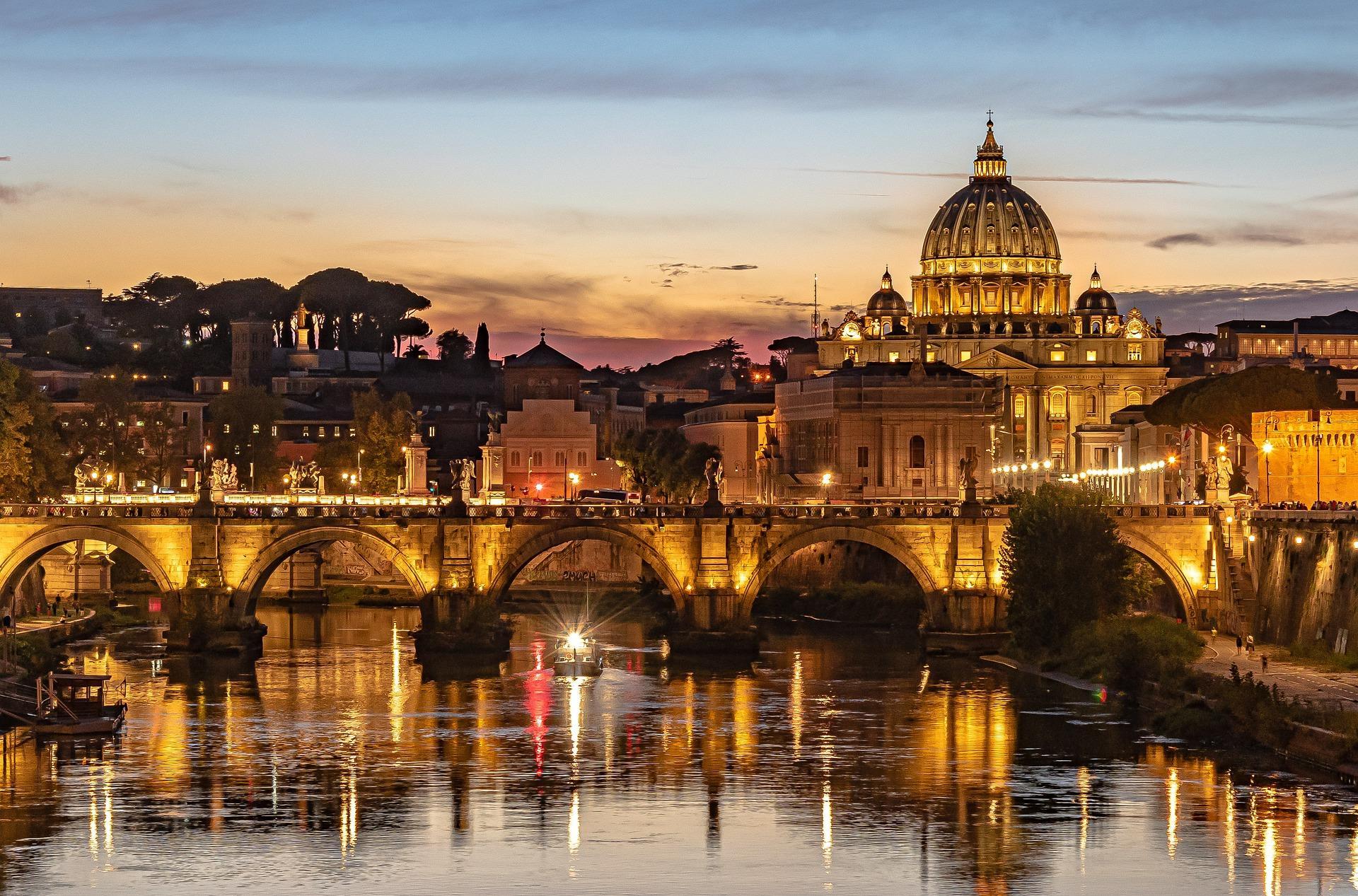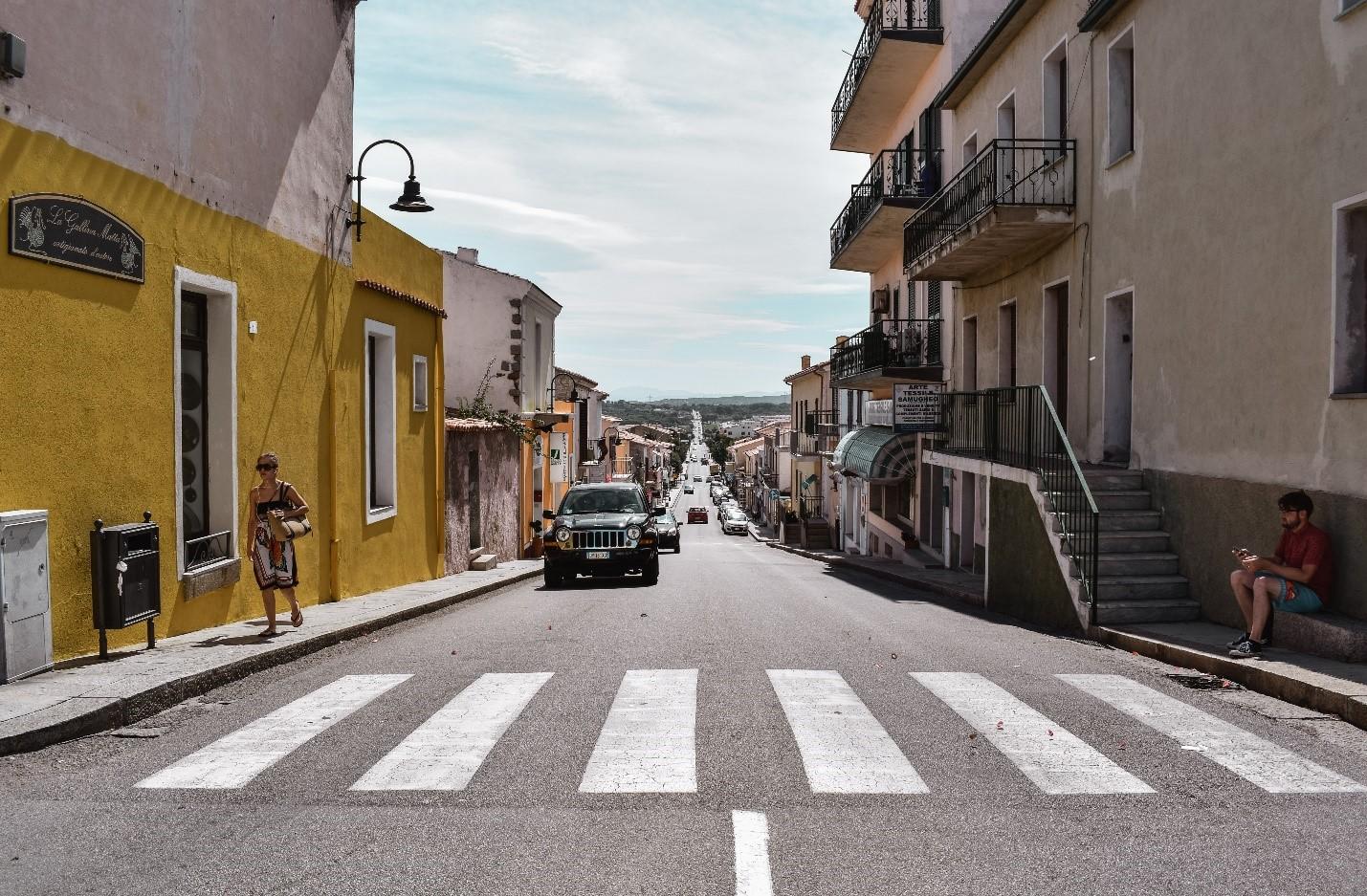
Introduction: Overcoming Language Barriers
For whatever reason, you’re set on learning Italian… Maybe you are travelling for a holiday, maybe visiting a relative or considering Italy as your new home. Perhaps you are simply trying to impress your friends.
In any case, you’ll find that it’s vital to learn basic phrases, such as how to greet people in Italian or how to express gratitude. Gratitude itself is a very integral part of Italian culture and way of life.
You might have heard examples in various media and thought that the constant use of “grazie” is a mere exaggeration, but in fact, this is just how things are in Italian everyday life.
But it doesn’t stop at the simple affirmation of gratitude that most of us are familiar with; gratitude is baked into Italian culture at a much more fundamental level than language alone. Family and food are considered the cornerstones of Italian living.
As such, it becomes very important to appropriately show your appreciation for everything good that comes our way, including a pleasant conversation, a bout of nice weather, a delicious meal and so on and so forth.
But don’t let the cultural difference intimidate you, instead, let’s dive into this article, which is about mastering the art of showing gratitude in Italian!

Simple Phrases to Express Gratitude:
You might be thinking: “saying thank you in Italian is surely not such an overwhelmingly complicated endeavour; why do I need a guide for this.”, and in some ways, you’d be right.
If all you’re after is the literal translation of ‘Thank you’ in Italian, then here it is:
Thank you = Grazie
But if you want to come across as a more authentic communicator, it’s important to consider the variety of different phrases that Italians use to communicate not just a simple ‘Thanks’ or ‘Cheers Mate’, but also how to display sincere gratitude or even how to give a toast or celebrate something occurring between multiple parties.
The basics all start with the fundamental ‘grazie’. Our first variations appear in the form of additions that we can put on the end to show varying levels of appreciation.
You might have heard the phrase ‘grazie mille’ which literally means ‘a thousand thanks’.
Although the translation might seem a little dramatic, this version of Italian gratitude can be a simple addition meant to show some sincerity, or depending on the tone, it can augment the gratitude to a more profound level. You can also exchange the ‘mille’ for ‘molte’ to say ‘molte grazie’ or ‘many thanks’.
The superlative to this is ‘mille volte grazie’, which adds the word ‘volte’ meaning ‘times’ to change the translation to ‘a thousand times, thank you’.
It might not seem like much, but adding ‘times’ emphasises that the speaker doesn’t just want to give a thousand thanks away like some endless currency, but rather that they wish to thank their audience a thousand individual times.
The final incarnation of the simple thanks is ‘grazie infinite’, which doesn’t take a language degree to decipher. It’s important to remember, though, that as with most languages, tone counts for a lot more than the words themselves, so your infinite thanks won't be worth a lot if you say it in a deadpan or sarcastic voice!
If you want to thank someone for something in particular, you will need to start your sentence with ‘grazie per…’, ‘per’ meaning ‘for’. For example, you could say, thanks for your/the attention which would be ‘grazie per l'attenzione’.
‘Grazie’ can also be used as an adjective ‘grato’, so you can also say ‘I am grateful to you’ by saying ‘ti sono grato’.
Sometimes in English, we display our gratitude by being humble to show that someone has gone beyond expectations for us. The Italians also share this linguistic quirk and often say to each other: ‘non avresti dovuto’, meaning ‘you shouldn’t have’.
This phrase is most useful for accepting gifts, or showing gratitude when we think people are being especially kind to us.
Lastly, let’s look at the formal version of thanks, which takes the noun for gratitude ‘Ringraziamento’ and applies it to various contexts. To give someone your thanks formally, you would use the plural ‘ringraziamenti’ in a phrase like: ‘Porgo i miei più sinceri ringraziamenti’, meaning “I offer you my sincerest thanks.”

Appropriate Times to Show Gratitude:
Fortunately, when it comes to displaying gratitude in Italy, the contexts are usually no different from those where we would choose to show gratitude in English-speaking cultures.
However, there are some subtle differences that you might want to look out for if you are trying to bring your language and mannerism to the coveted native level.
It is also worth considering that Italian speakers not only use their voice to communicate, but also frequently use hand motions and gestures to emphasise their expression.
When giving thanks in Italian, it is typical to incline one's head towards the listener or give a shallow appreciative nod and extend an open hand if possible, while saying thank you.

One time when it is appropriate to give thanks that English speakers might not think about, is to a prospective employer after a job interview. Irrespective of your success in the interview, it is typical to send a message of thanks to the interviewer for the opportunity.
Another time is after giving an apology. While some cultures say ‘I’m sorry’ and leave it at that, Italians like to add ‘Grazie per la tua Comprensione’, which means thanks for your understanding.
It’s a nice gesture to add, which shows that you are grateful for the chance to apologise, which is not always something people get.
Like we said earlier, the rest of the times that it’s appropriate to say thanks are pretty much the same as everywhere else. To list a few examples:
- After being invited for lunch or dinner
- After receiving a gift
- If you’re a guest of someone's hospitality
- After being complimented
- After someone holds a door or an elevator for you
- After riding the bus or taxi
Fully immerse yourself in cinema, literature and music through culturally rich Italian lessons, you can explore the language however you like with a private tutor!
How to Say No: Accepting and Declining in Italian
You might find yourself in a situation where you need to accept or decline something in Italian, whether it be an invitation, food and drink, a business proposal or whatever else. So let’s look at some of the phrases that you might use to accept or decline various things in Italian:
Accepting:
- Grazie: It’s hard to go wrong with the basics… If you are confident that you want to accept something and don’t feel as if there is any more fuss needed, a simple thank you in Italian is the best way to go about it.
- Acceto Voluntieri: say it's an invitation, or a task you’ve been given, you might want to ‘accept’ it rather than simply thanking the person for it. In this case, the phrase means ‘I willingly accept’.
- Si: It’s of course helpful to know how to say a simple yes, and ‘si’ is exactly that. You can combine this with other phrases, similarly to English when we say, ‘yes please’ or ‘yes I accept’.
- Certo: A good affirmative word to show enthusiasm and agreement, ‘certo’ is the same as saying ‘certainly’ in English.
Declining:
- No, Grazie: You can politely decline something by simply adding no before grazie to very much the same effect as ‘no, thanks’.
- Mi Dispiace: This is the equivalent of ‘I’m sorry’, which is useful when declining something politely. An example using this phrase is ‘Mi Dispiace, ma devo rifiutare’ which is like saying ‘sorry, I’ll pass’.
- Non Posso: This little phrase translates to ‘I can’t’, which is a good way to decline something on the basis of impracticality.
- Non Posso Accettare al Momento: Often timing is the reason that we can’t accept things, one way to decline on this basis is to use this phrase, which means ‘I can’t accept at the moment’. You can remove the ‘accettare’ to remove the accept part of the sentence if it’s unneeded.
- Non ho Tempo: Another brilliant phrase is the simple ‘I don’t have time’ which you can combine with ‘I’m sorry’ to add politeness.
If you are about to travel to Italy, or need to speak Italian for whatever reason, we highly recommend using this resource as an entry point instead of a gospel point of reference.
Learning languages is a tricky, but very achievable activity which is made a lot easier through real world practice, since learning them theoretically will always lack the natural flow and change of context that you would find in any real conversation.
Perseverance is the real key here, keep at it and put in plenty of practice, and you will have mastered the art of showing gratitude in Italian in no time!

Unlock the secrets of pronunciation and intonation in our expert-led Italian lessons.
Afterword:
Thank you for reading this article about showing gratitude in Italian. We hope you managed to learn something valuable, and we’d like to invite you to check out our other articles which cover more about Italian and a wide range of subjects, right here on the Superprof blog!
If you’re looking for language tuition, make sure you check out Superprof’s main service, which aims to get students in touch with the perfect tutors to galvanise their learning.
Until next time!
























